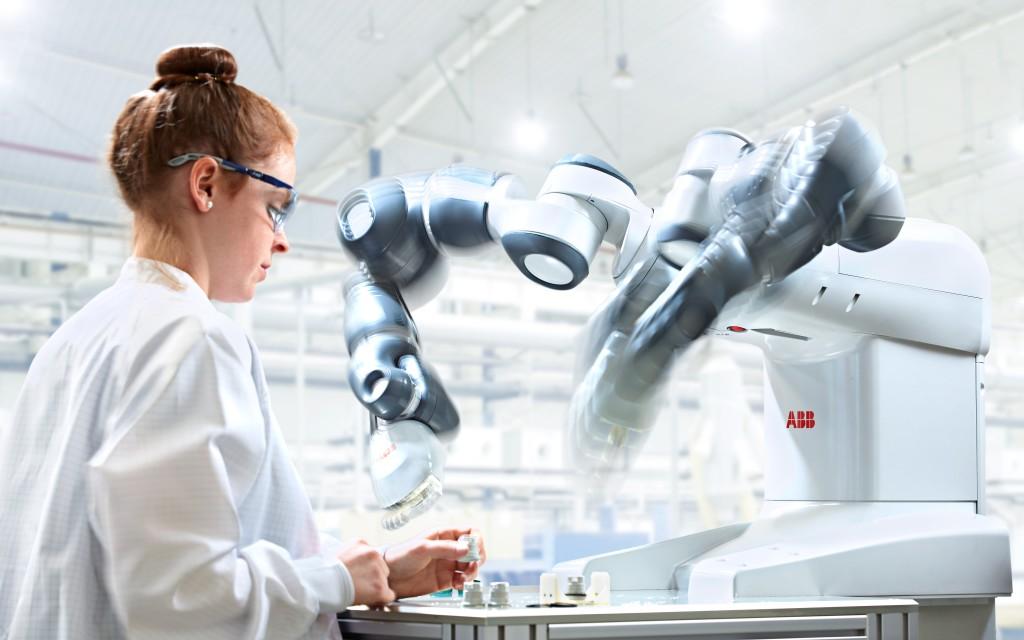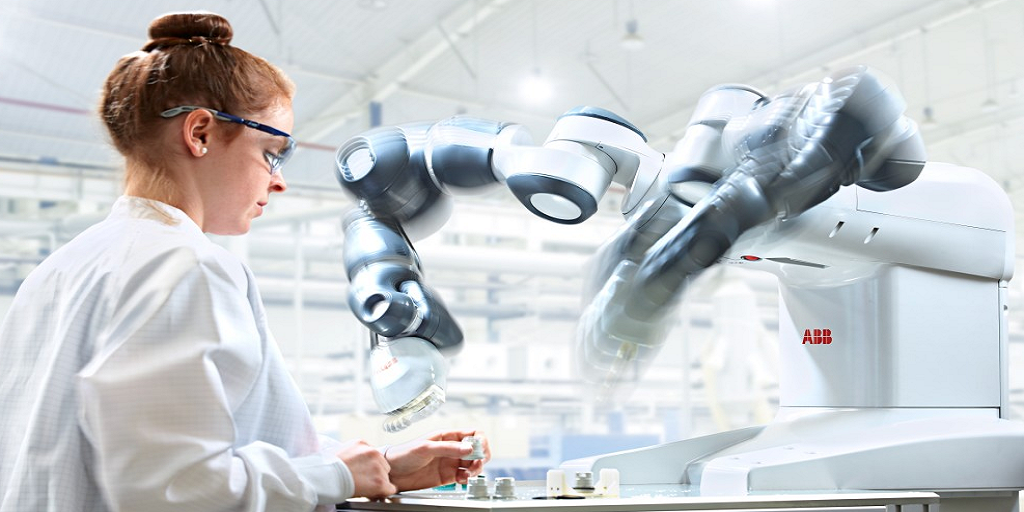
Materialise first designed its grippers about two years ago. Unlike most gripper designs at that time, Materialise’s grippers did not require hinges, operating instead by air pressure and vacuum. That made them much less liable to wear out and require maintenance. The grippers have three finger-like bellows that, when pressure or vacuum is applied, move and curve inward and outward like actual fingers. The first iteration of the grippers were laser-sintered with polyamide (PA12). However, while PA12 is a flexible material, the flexibility tends to lessen over time, so the team began looking for a new material.
They found what they were looking for in TPU 92A-1, a flexible, laser-sintered rubberlike material. Its strength and flexibility made it ideal for the finger-like attachments, which are now printed separately from the base so that they can be customized to the application for which they are being used.
“For example,” the company says, “this could mean an additional longer finger to grip a product from underneath for added security, or interlocking fingers like those on a pair of human hands. This also means it is possible to replace individual fingers without having to replace the base or functional parts.”
At Expo Milano, a fascinated audience watched YuMi pick through and package a pile of apples with its multiple arms at the Future Food Market exhibit. The robot has the ability to grip things both delicately and firmly at the same time, and, due to its versatility, can handle fragile, complex, or oddly-shaped objects equally well. The multitasking robot is so lightweight and takes up such little space that it can easily work on an assembly lines alongside humans without requiring additional space. As for Materialise, they are still working to improve their gripper design. The next modifications they will look at, according to Manager of Engineering Services Philippe Schiettecatte, will involve different materials and wall thicknesses. In the meantime, watch YuMi and its grippers in action below.
Let’s hear your thoughts on this design in the 3D Printed Gripper Forum thread on 3DPB.com.
